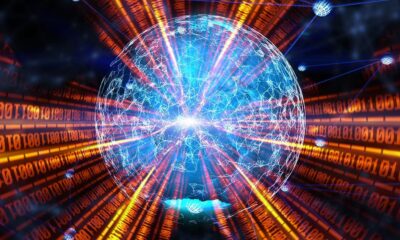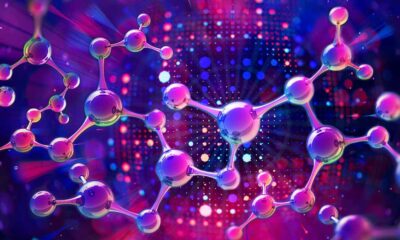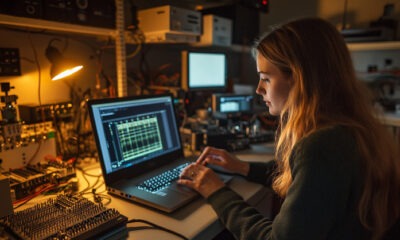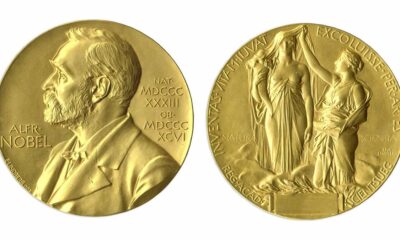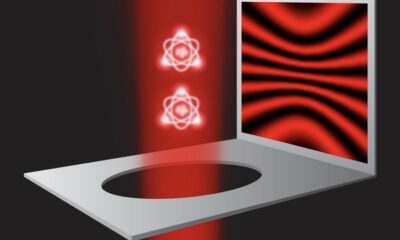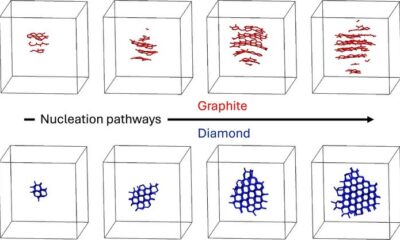Science
Nobel Physics Prize Recognizes Breakthroughs in Quantum Tunnelling
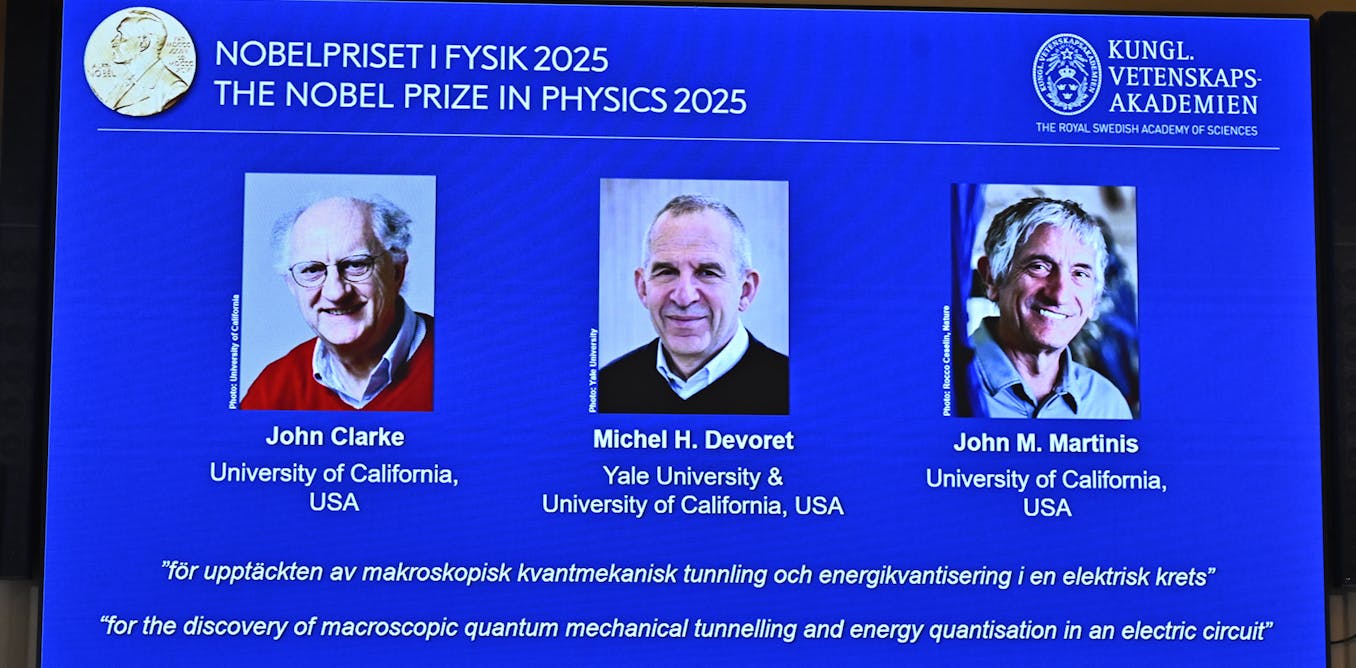
The 2025 Nobel Prize in Physics has been awarded to three pioneering scientists for their groundbreaking experiments that opened new avenues in quantum computing and medical technology. John Clarke, Michel Devoret, and John Martinis conducted their influential research approximately 40 years ago, leading to significant advancements in our understanding of quantum phenomena. This recognition is particularly timely, marking the 100th anniversary of the formulation of quantum mechanics.
Their work focused on the phenomenon known as quantum tunnelling, where particles can pass through barriers that would typically block them. While this effect has been observed in microscopic particles, the laureates’ experiments demonstrated that tunnelling can also occur in the macroscopic world, which is observable to the naked eye. Their findings were published in a seminal paper in 1985, showcasing tunnelling within an experimental electrical circuit.
Understanding Quantum Tunnelling
Quantum tunnelling is a counterintuitive phenomenon that allows tiny particles, which compose all matter, to appear on the opposite side of a solid barrier. Initially proposed in 1927, this effect has been essential for explaining processes such as radioactive decay. The challenge was to observe this behaviour in larger systems, leading to the concept of macroscopic quantum tunnelling.
To visualize this effect, researchers utilized a component known as a Josephson junction. This junction consists of two superconducting wires separated by an insulator. Superconductors are unique materials that exhibit zero electrical resistance, enabling a current to flow indefinitely without energy loss. These properties are crucial for applications such as magnetic resonance imaging (MRI).
The critical experiment involved cooling the setup to nearly absolute zero, a temperature low enough to minimize thermal energy that could enable electrons to overcome the barrier. The laureates discovered a threshold temperature below which the number of electrons escaping the junction no longer decreased, confirming the occurrence of quantum tunnelling.
Impact on Technology and Future Developments
While the laureates themselves have expressed humility regarding their achievement, the implications of their research are profound. This recognition comes as quantum computing emerges as a highly promising field, attracting extensive global investment and interest. Quantum computers, which utilize qubits for storage and processing, have the potential to tackle problems far beyond the capabilities of today’s largest supercomputers.
The techniques developed from their research also influence various devices, such as superconducting quantum interference devices (SQUIDs). These devices are instrumental in measuring minute variations in magnetic fields, with applications ranging from mineral exploration to enhanced medical imaging. By detecting weak magnetic fields, SQUIDs can improve MRI images and assist in mapping brain activity, particularly for managing conditions like epilepsy.
The trajectory of quantum technology remains uncertain in terms of widespread consumer availability. Nevertheless, the rapid advancements in this field owe much to the foundational work of the 2025 Nobel laureates. Their experiments not only contributed to theoretical knowledge but have also led to tangible applications that are beginning to shape the future of technology.
Rob Morris, the author of this article, has no financial interests or affiliations with any entities that could benefit from this content.
-

 World2 days ago
World2 days agoCoronation Street’s Shocking Murder Twist Reveals Family Secrets
-

 Entertainment4 months ago
Entertainment4 months agoKate Garraway Sells £2 Million Home Amid Financial Struggles
-

 Entertainment3 months ago
Entertainment3 months agoAnn Ming Reflects on ITV’s ‘I Fought the Law’ Drama
-

 Health3 months ago
Health3 months agoKatie Price Faces New Health Concerns After Cancer Symptoms Resurface
-

 Entertainment3 weeks ago
Entertainment3 weeks agoCoronation Street Fans React as Todd Faces Heartbreaking Choice
-

 World3 weeks ago
World3 weeks agoBailey Announces Heartbreaking Split from Rebecca After Reunion
-

 World5 days ago
World5 days agoKevin Sinfield Exceeds Fundraising Goal Ahead of Final Marathons
-

 Entertainment5 days ago
Entertainment5 days agoTwo Stars Evicted from I’m A Celebrity Just Days Before Finale
-

 Entertainment3 months ago
Entertainment3 months agoCoronation Street’s Carl Webster Faces Trouble with New Affairs
-

 Entertainment3 months ago
Entertainment3 months agoWhere is Tinder Swindler Simon Leviev? Latest Updates Revealed
-

 Entertainment4 months ago
Entertainment4 months agoMarkiplier Addresses AI Controversy During Livestream Response
-

 Science2 months ago
Science2 months agoBrian Cox Addresses Claims of Alien Probe in 3I/ATLAS Discovery

